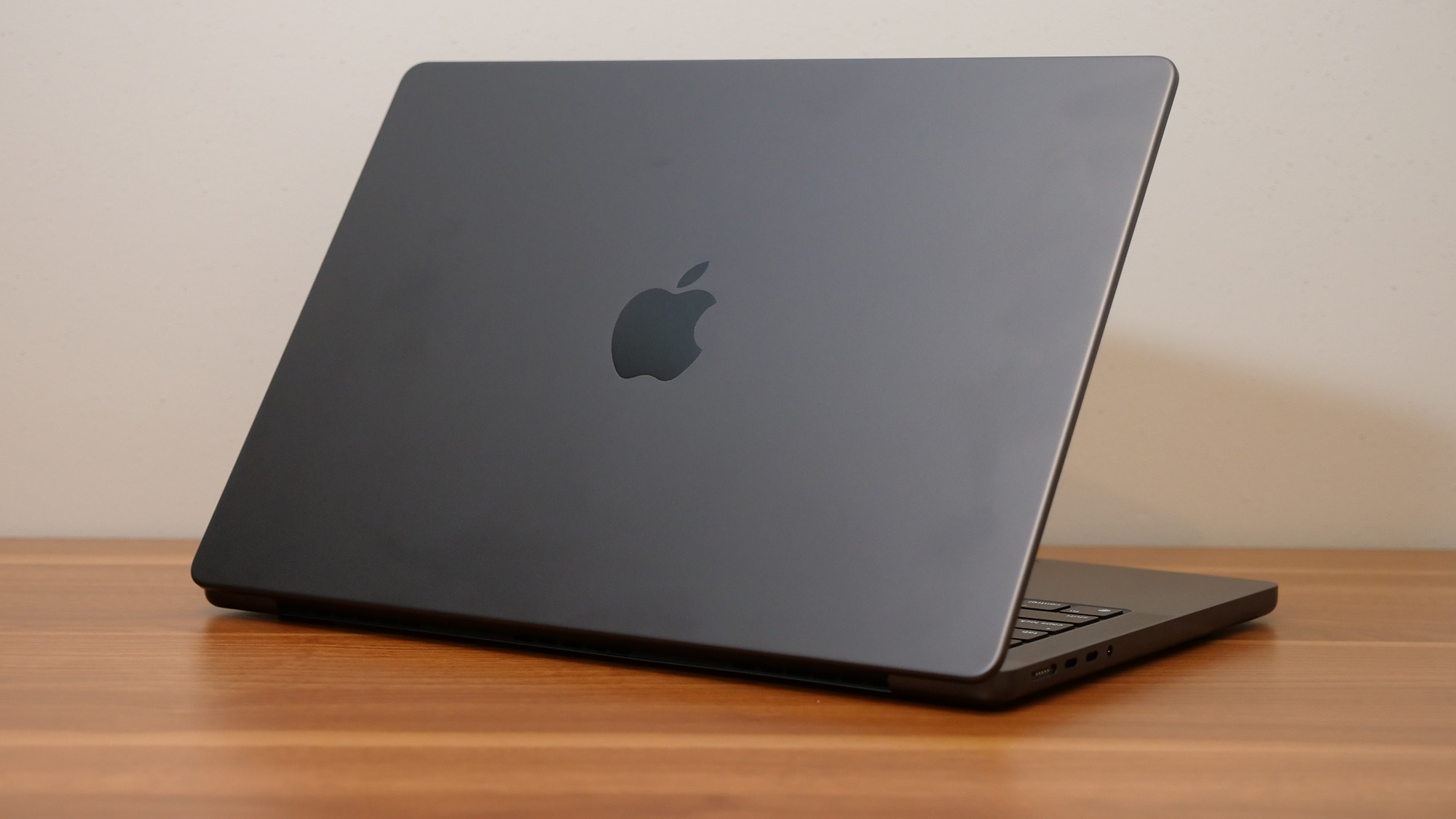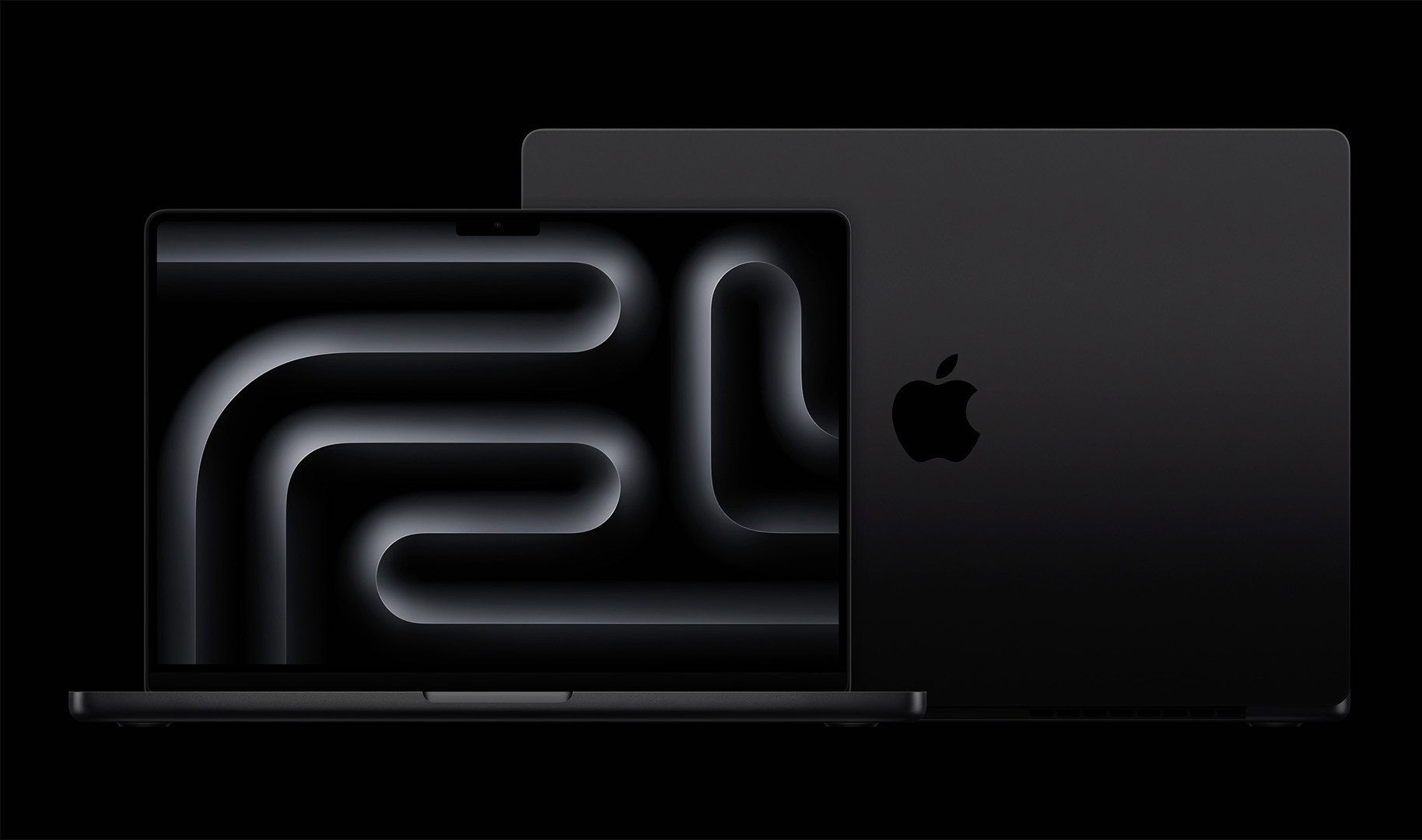The introduction of the M5 silicon, which is initially featured in the new 14-inch Apple MacBook M5 on October 15, 2025, is the most significant technological change of Apple Silicon to date: a clear and definitive move toward fast, localized AI (Artificial Intelligence) acceleration. With this strategic change, the M5 becomes Apple’s primary solution to the general computing challenge of on-device AI power demand in the whole device ecosystem.
The M5 chip is a masterpiece of power efficiency and performance density, being made with a clean, third-generation 3-nanometer technology. The Apple MacBook M5 that starts at $1,599 (U.S.) has become a new standard for a professional portable computing powerhouse capable of massive performance uplift and industry-leading endurance simultaneously.
Quantitative Performance Summary: The M5 vs. M4 Generation
The M5 generation is a huge leap of specialized performance in a considerable extent, focusing on specialized acceleration and data throughput, thus making a far more substantial performance upgrade to the M4 series.
| Performance Metric (M5 vs. M4) | Improvement | Enabling Technology |
| Multithreaded CPU Execution | Up to 15% Faster | Refined 3nm Process & Architectural IPC Gains |
| General Graphics Output (GPU) | Up to 45% Higher | Enhanced Shader Cores & Dynamic Caching |
| Peak AI Compute Performance (GPU) | Over 4x Faster | Neural Accelerator in Each GPU Core |
| LLM Responsiveness (Time to First Token) | 3.6x Faster | 153GB/s Unified Memory Bandwidth |
II. M5 Silicon Architecture: Refined 3nm, Unified Memory, and Core Configuration

The foundation of the Apple MacBook M5‘s performance and extraordinary efficiency lies in the physical design of the M5 chip itself.
2.1 Semiconductor Foundation and Core Configuration
The M5 utilizes a refined 3-nanometer process, which is optimized for reduced leakage and higher power efficiency, directly contributing to the reported 24-hour battery life. The base M5 chip is equipped with a 10-core CPU, segmented strategically into 4 high-performance (P) cores and 6 high-efficiency (E) cores.
This heterogeneous design allows the Apple MacBook M5 to manage demanding applications and background tasks optimally, ensuring power draw is minimized across all workloads. The 15 percent CPU uplift is achieved purely through architectural enhancements, such as improved Instructions Per Cycle (IPC).
2.2 Unified Memory Architecture (UMA) and Bandwidth
A critical upgrade supporting AI and professional workflows is the significant enhancement to the unified memory subsystem. The M5 boasts a memory bandwidth of 153GB/s, representing a nearly 30 percent increase over the M4 chip’s 120GB/s.
This high throughput allows the CPU, GPU, and 16-core Neural Engine to access a single, high-speed memory pool without performance bottlenecks. This capacity is explicitly designed to handle “larger AI models completely on device,” providing the necessary data velocity to enable sophisticated, low-latency localized AI experiences essential for features under Apple Intelligence.
III. The AI Leap: Neural Acceleration and LLM Dominance
The Apple MacBook M5 features the most significant architectural shift, where the specialized AI processing is deeply integrated beyond just a dedicated Neural Engine block.
3.1 N GPU-Based Neural Acceleration
The M5 comes with a new-generation 10-core GPU that locates a Neural Accelerator directly within each core intimately
The hardware parallelism enables the graphics processor to interleave one of its traditional graphics rendering work with an extremely heavy AI/Machine Learning (ML) one. The doubling of the compute units is the main reason for the gigantic over 4x peak GPU compute performance for AI workloads increase of the M5 versus the M4.
Such a profound coupling by professionals of video editing at high-res and complex 3D rendering processes can now get a massive speed-up if they wrap AI/ML methods into modern Metal 4-based frameworks and execute them concurrently.
3.2 Real-World AI and Generative LLM Performance
The new GPU accelerators collaborating with the wider 153GB/s memory bandwidth bring substantial improvements in generative AI and machine learning areas :
- LLM Responsiveness: On-device generative AI features benefit hugely from the reduction of time to first token for Large Language Models (LLMs), which is 3.6x that of the M4. The perceived responsiveness is therefore dramatically improved.
- Creative AI: AI-driven speech enhancement tasks in professional editing suites like Premiere Pro, are told to be 2.9 times faster than on the M4.
IV. Graphics, Ray-Tracing, and Gaming Performance
The Apple MacBook M5 goes on to impress with graphics to the point that it is a major breakthrough for creative professionals and an environmentally-friendly gaming-facing macOS.

4.1 Raw Graphics Performance Uplift
With the M5 chip, graphics performance can be as much as 45% better than that of the M4 one. The improvement comes from more shader cores and the second-generation of the dynamic cache. This new processor also comes with the third generation of the ray-tracing engine, which is designed for the hardware and thus faster and more realistic visuals and rendering in games and other professional applications.
Blender benchmark results from independent testing show that the raw computational power jump is real and huge, with the 10-core GPU in the M5 getting a score of 1732.52, which is a staggering 60.6 percent increase over the 10-core GPU score for the M4 that is 1078.82.
4.2 Gaming and Creative Benchmarks
Architectural changes bring about performance leaps in gaming directly. These are far beyond the overall CPU performance improvement. M5 can execute heavy games like Cyberpunk 2077 and Assassin’s Creed Shadows while an optimized game like Stray can achieve frame rates of 100fps even on this very handportable platform when compatibility layers like CrossOver are used.
V. Professional Hardware: Liquid Retina XDR Display and Premium Build
True to a professional, the 14-inch Apple MacBook M5 is backed up by superior hardware specs that differentiate it from the consumer-grade Air line.
5.1 Chassis, I/O, and Active Cooling
The Apple MacBook M5 comes with a premium aluminum chassis in both Space Black and Silver colors. Most importantly, the 14-inch Pro model has Active Cooling with a fan system to control the heat. By using this fan system, the M5 chip can keep higher clock speeds for a longer time than the passively cooled M4 Air, which is very necessary for heavy sustained professional workloads like high-volume video editing or software compilation.
The professional-grade I/O is generous with three Thunderbolt 4 ports, a separate HDMI 2.1 port, an SDXC card slot, and the exclusive MagSafe 3 charging port.
5.2 Liquid Retina XDR Display
The display is still the main lever advantage of the Pro series by Mini-LED Liquid Retina XDR technology the panel offers much better specs than the standard LCD Liquid Retina used for the M4 Air :
- Brightness: 1600 nits peak HDR brightness and 1000 nits full-screen brightness, with an SDR brightness of up to 1000 nits.
- ProMotion: The refresh rate is variable up to 120 Hz, allowing very fluid motion which is absolutely necessary for professional video and animation work.
- Options: A Nano-texture display option is there to help you if you have a very brightly lit and highly controlled environment and want to cut the glare to a minimum.
VI. Power Efficiency and Thermal Dynamics Reimagined
The Apple MacBook M5 with its enhanced 3nm process is a leader in power efficiency in the industry and this is exactly what brings about the record-breaking battery life it has.
6.1 Battery Life Made Even Better
The concentric brown 14-inch Apple MacBook M5 apart from being the recipient of a great number of awards is also equipped with a $72.4 \text{-watt-hour}$ battery, which enables it to run for a time of up to 24 hours. The 24-hours endurance is more than double the time that the M4 MacBook Air is capable of (18 hours). This difference is an illustration of how much better the M5 is architecturally in terms of energy efficiency, which is the reason why the M5 can keep the power-hungry Mini-LED display running for longer than the M4 with a standard LCD screen.
6.2 Thermal Efficiency and Charging
Even though the active cooling system enables the M5 chip to operate quietly and at a lower temperature under normal loads than the M4 chip, the chip is still capable of pushing the performance limits in an aggressive manner. In fact, it can go to a peak temperature of $99^\circ \text{C}$ under a very high, continuous load, after which it throttles its performance. In other words, the chip is chasing the maximum clock speeds very aggressively until the heat dissipation capability is almost completely used up.
Charging can be done in different ways, either through the MagSafe 3 port or Thunderbolt ports. The Apple MacBook M5 comes with a 70W USB-C Power Adapter by default, while a 96W charger can be purchased separately for quicker charging.
VII. Is the Apple MacBook M5 Right for You? Comparative Analysis
The M5 is a one of a kind professional model that is on a different level when compared to the M4 Air and the older M4 Pro models both.
- Switching from M3 or Older MacBooks: The M5 is an across-the-board generational leap. That means: XDR display, 24-hour battery life, active cooling, AI acceleration—basically, it’s an upgrade that sells itself.
- Switching from M4 MacBook Air: The decision to upgrade to the Apple MacBook M5 is depended on the necessity of professional hardware features for the user. To be more precise, the need for the better Liquid Retina XDR display (high brightness, ProMotion), more I/O ports (HDMI, SDXC), and the active cooling system required for continuous, heavy creative workflows (e.g., long video encodes or complex compilation tasks) are the reasons that make the shift to the Pro model worthwhile.
-
- Users of M4 Pro/Max MacBook Pro: In case a professional is focusing only on maximizing traditional multi-core throughput, the raw CPU scale of the base M5 is outdone by the M4 Pro and M3 Max chips of the higher tiers. The main benefit of the Apple MacBook M5 is the combination of the industry-leading efficiency with the specialized AI acceleration.
- The usage of machine learning, LLMs, or AI-powered creative tools in the user’s workflow will make the M5’s specialized generational advantage even more important. To get the maximum core count, professionals can decide to wait for the release of M5 Pro/Max models which will need upgraded, multi-fan, high-capacity cooling solutions to keep their higher power limits stable during extended usage.
VII. The Pro Computing of Tomorrow: Apple MacBook M5
The Apple MacBook M5 is a paradigm shift in the field of professional portable computers. One of the main reasons is the unprecedented 153GB/s unified memory bandwidth coupled with the unique integration of Neural Accelerators into each GPU core, which makes it a device capable of handling complex AI workloads at phenomenal speeds that were not even thought of in the past for a mobile platform.
-
What is more, this exceptional power is combined with a 24-hour battery life and a best-in-class Liquid Retina XDR display which basically means the M5 lineup is the go-to solution for the efficiency-driven professionals and creators who can’t afford to make any compromises when it comes to performance.

